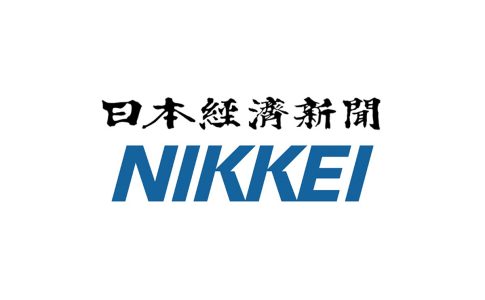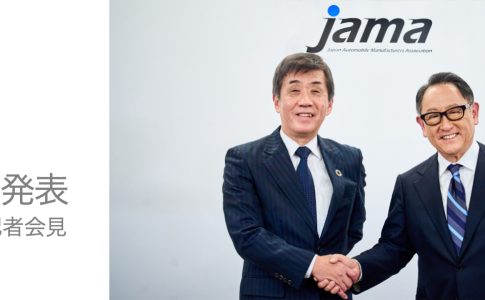In September 2023, Tohoku University was selected as a candidate for the International University of Excellence, supported by a university fund. With a fund size of 10 trillion yen, expectations are high, but can it curb the decline in research capabilities? This article analyzes its system design and policy process.
The university fund, managed by the Japan Science and Technology Agency, involves borrowing financial investment funds to create and market-manage a fund that supports specific universities in becoming world-class research universities. The plan is to contribute 300 billion yen annually. For universities to be accredited, they need to strengthen their research and administrative systems.
Government documents appraise universities like Harvard and Oxford for independently creating visions and financially sustaining themselves through private funds, a concept yet to evolve in Japan.
If national universities lack vision, their current mid-term goals and plans based on the corporate system must be fundamentally revised. Universities are also expected to become ‘management entities.’ However, with the government’s control intensifying post-corporatization, it’s uncertain how much discretion universities will have, including in setting up new departments.
Regarding large-scale national universities, including the University of Excellence, a “Management Policy Council” will be established as a decision-making body, and a governance reform bill has been submitted to the Diet. However, this conflicts with the authority vested in university presidents through corporate reform.
The appointment of council members requires the approval of the Minister of Education, Culture, Sports, Science, and Technology. Additionally, the government plans to provide “side-by-side support” in checking the research systems of universities of excellence, an unheard level of control in world-class universities.
The fund’s effectiveness is questionable due to inadequate verification of similar past policies. Why couldn’t the decline in research capabilities be stopped? Without a scientific analysis of the reasons, the same mistakes are likely to repeat.
There are also concerns about funding. The fund’s revenue target is an annual interest rate of 4.38%, considering inflation, which is significantly higher than the 3.59% average return on public pension funds over the past 22 years. While the university fund’s stock investment ratio is 65%, higher than the pension’s 50%, there is no guarantee of higher earnings. If it follows pension investment patterns, about 60% of the revenue would be unrealized gains from stocks.
Support methods also raise issues. According to the “Science and Technology Indicators 2023,” Japan ranks 12th in the top 10% of cited papers, a significant drop from 4th place between 1999-2001. The decline in research capabilities is attributed to a decrease in PhDs, employment instability among young researchers, reduction in national university operation funds, and an increase in teaching and administrative tasks.
Universities of excellence must enhance the development of young researchers. However, balancing this with the demanded 3% annual business growth is challenging. As funding fluctuates annually, how many young researchers can be permanently employed? Tohoku University aims to multiply its paper count, but without a goal for full-time researchers, this seems unrealistic.
Even if the university fund supports selective universities, it doesn’t guarantee a nationwide improvement in research capabilities. The government’s “Regional Core and Distinctive Research University Comprehensive Promotion Package” also raises the question: Should competition be based on research fields rather than university types?
Germany serves as a good reference, significantly surpassing Japan in the quality of papers. Germany has a more robust layer of top-ranking universities, with strengths in specific fields. Japan, concentrated on universities like Tokyo University, lags behind.
The German Federal Government’s “Excellence Initiative” (2006-2017) aimed to compete with top world universities, initially focusing on six universities. However, this approach was revised due to opposition from state governments, the primary university sponsors. Post-initiative, the system was reassessed and a new “Excellence Strategy” began in 2019.
Research in Germany shows that funding through the Excellence Initiative encouraged diversity but also highlighted problems, like reduced research time due to funding constraints.
Excessive competition in funding is criticized for its downsides. Failed projects waste time and money, lowering motivation and encouraging conservative research. In Sweden, despite increased competitive funding, paper productivity (papers/funding) has declined since the 2000s. Experts suggest that over-reliance on external funding has led to employment instability among young researchers and less effort in improving education and research quality by university administrations.
The university fund has just started but already faces many problems and contradictions. It lacks data-based scientific analysis, and a review of past policies is essential. Recent higher education and science and technology policies have been top-down, driven by the cabinet, with universities positioned as tools for industrial promotion. Even if reforms are necessary, there’s a lack of effort in consensus-building among university stakeholders.
The governance reform bill for national universities was surprisingly not discussed in the Central Council for Education, and many university stakeholders were unaware of it. Revisions require the involvement of stakeholders; without their awareness, reforms are unlikely to succeed.
The university fund is set to operate for 50 years, yet no one is accountable for the results. Costs and risks will ultimately be borne by the public. Nevertheless, funds should be invested widely in research personnel development, keeping these challenges in mind.












Leave a Reply